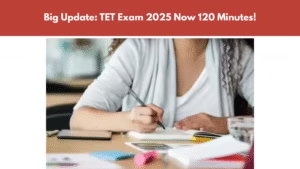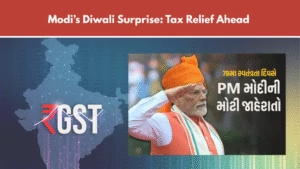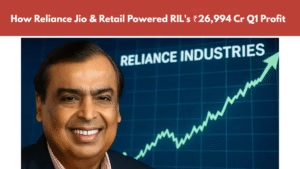Supreme Court : How can a state be deemed developed while 75% of its citizens are BPL? Dual policy is questioned by the Court
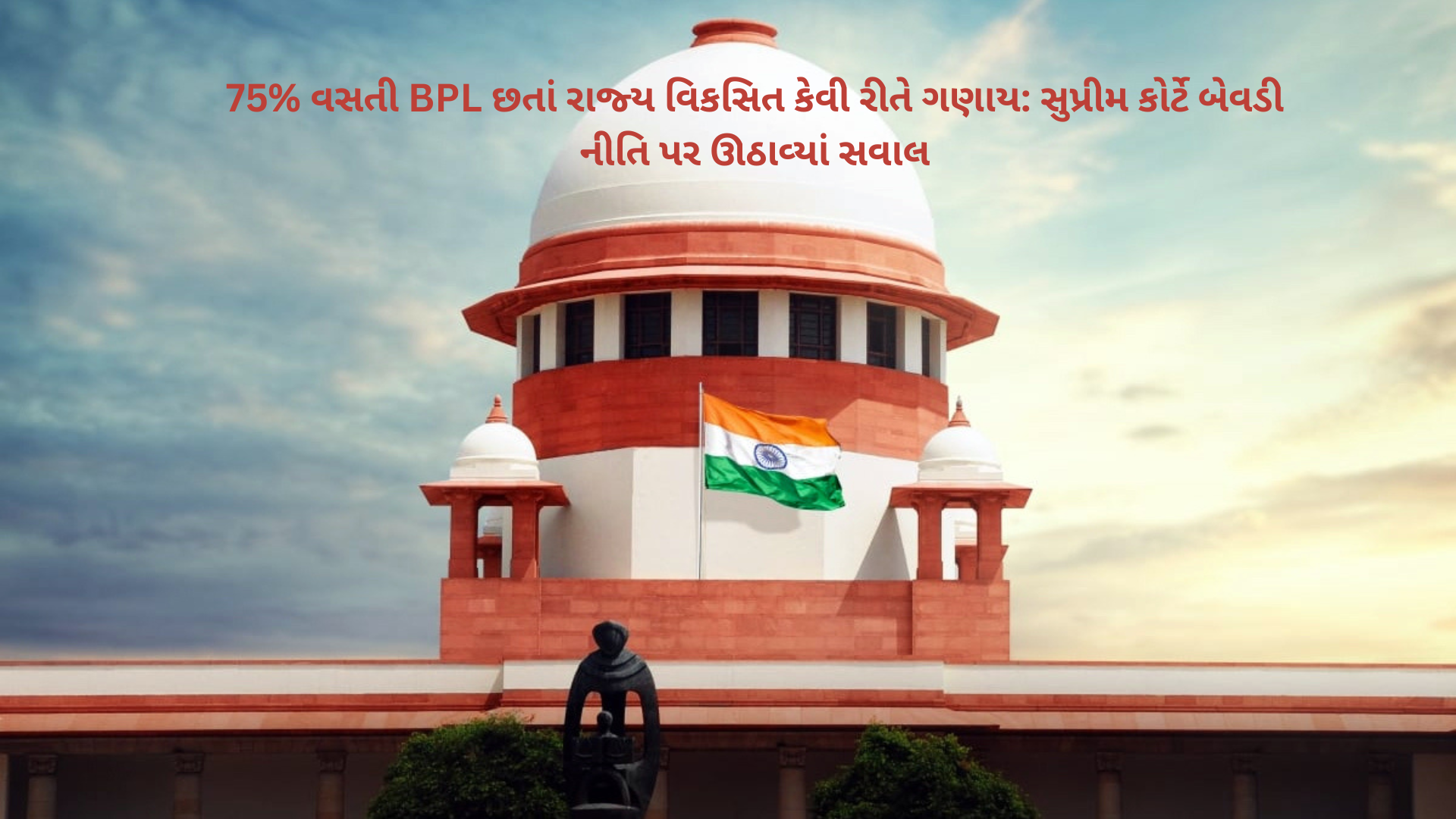
Supreme Court
The Supreme Court had expressed doubts about whether the government benefits provided through ration cards are really reaching the needy people. It also raised questions on the double standard of states and said, ‘When states want to show development, the per capita income is shown as high. But when the subsidy recipients show 75 percent of the BPL population below the poverty line.’ The Supreme Court made this remark during the hearing on the issue of issuing ration cards to migrant laborers.
Ration cards are now becoming popularity cards:
The matter was heard by a bench headed by Supreme Court Justice Suryakant, during which Justice Suryakant said, ‘Our real concern is whether the benefits that are meant for the poor are actually being given to them or are being given to people who are not entitled to them. Ration cards are now becoming popularity cards.’ During the Corona epidemic, the Supreme Court held a suo moto hearing. In which the rights of migrant laborers and the issue of government facilities were included.
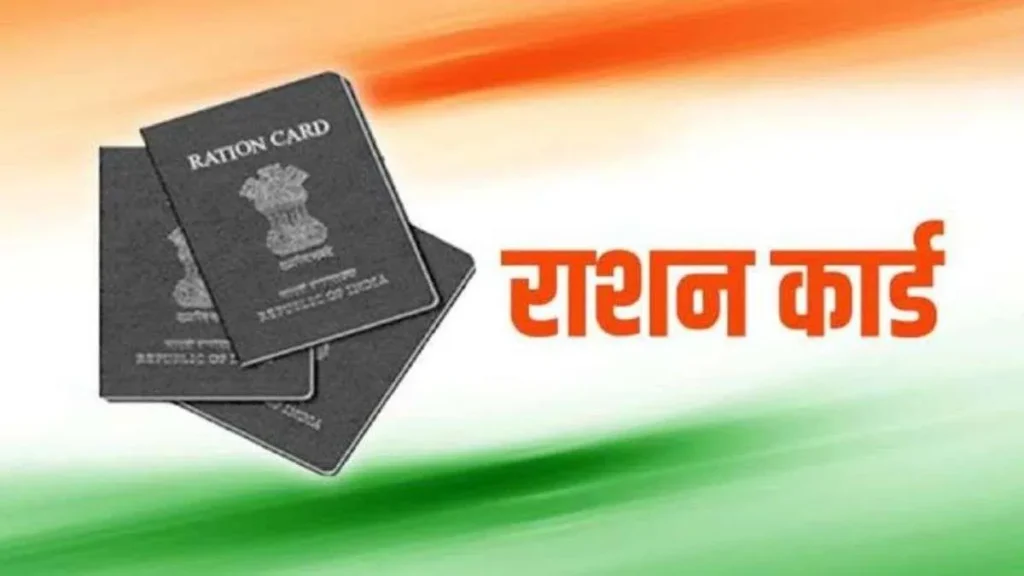
Speaking on behalf of some of the petitioners, attorney Prashant Bhushan contended that “almost every government program contains some corruption.” While the wealthiest are getting richer, the poor are getting poorer. The per capita income of many people is quite little in comparison to the state’s overall income, but some people are extremely wealthy. The impoverished workers who have registered on the government‘s e-Shram portal—roughly eight crore in number—should receive free rations. The number of BPL card holders has not grown, yet the number of Ayushman beneficiaries has increased without the census data.
“I hope that no political elements are involved in providing ration cards to these people,” stated Justice Suryakant of the Supreme Court. “I have not lost my roots yet, and I have always tried to know about the plight of the poor.” Some family have continued to live in poverty.
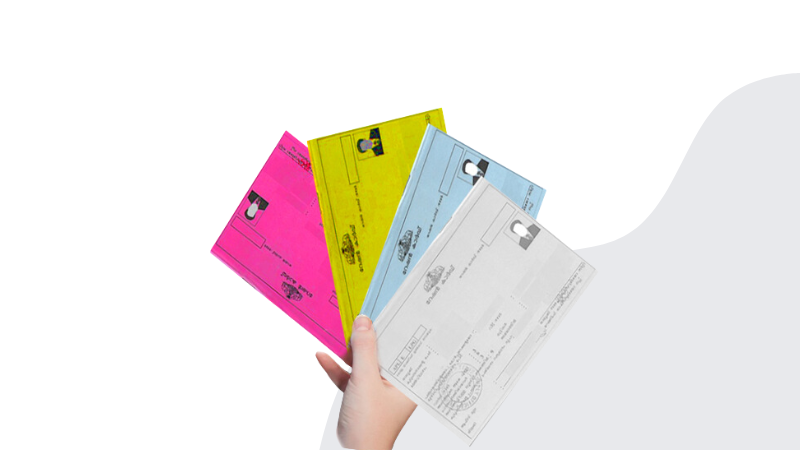
“The central government has not conducted the census in 2021 and work is ongoing on the data of 2011,” attorney Prashant Bhushan stated. As a result, almost 10 crore people are not covered by the BPL even though they ought to receive free rations.

“States are claiming that we have issued a lot of ration cards, but some states use the fact that our state’s per capita income is rising to demonstrate their progress,” Justice Suryakant stated. According to some estimates, 75% of the population is BPL. Both of these arguments are in conflict with one another. We are worried that the impoverished will truly profit from it.
- Speaking on behalf of the Central Government, Additional Solicitor General Aishwarya Bhati stated, “81.35 crore people are receiving free rations from the government.”
Additional Solicitor General Aishwarya Bhati, appearing for the Central Government, said, ‘The government is providing free ration to 81.35 crore people.
The Supreme Court is currently requesting that the Center respond to its inquiry about the distribution of free rations and provide the number of impoverished individuals who have benefited from them. The case will now be heard once more. For work, thousands of individuals travel to other states. They only benefit from their ration card in its original condition, though. The question of whether these migrant workers should only receive the advantage of rationing where they work is currently up for debate.
History of Supreme Court :
The framers of the US Constitution are largely responsible for the concept of a supreme court. Delegates to the 1787 Constitutional Convention set the guidelines for the national court while discussing the separation of powers between the legislative and executive branches. In the English tradition, judicial power is only one facet of the Crown’s sovereign authority, therefore the idea of establishing a distinct “third branch” of government was innovative.
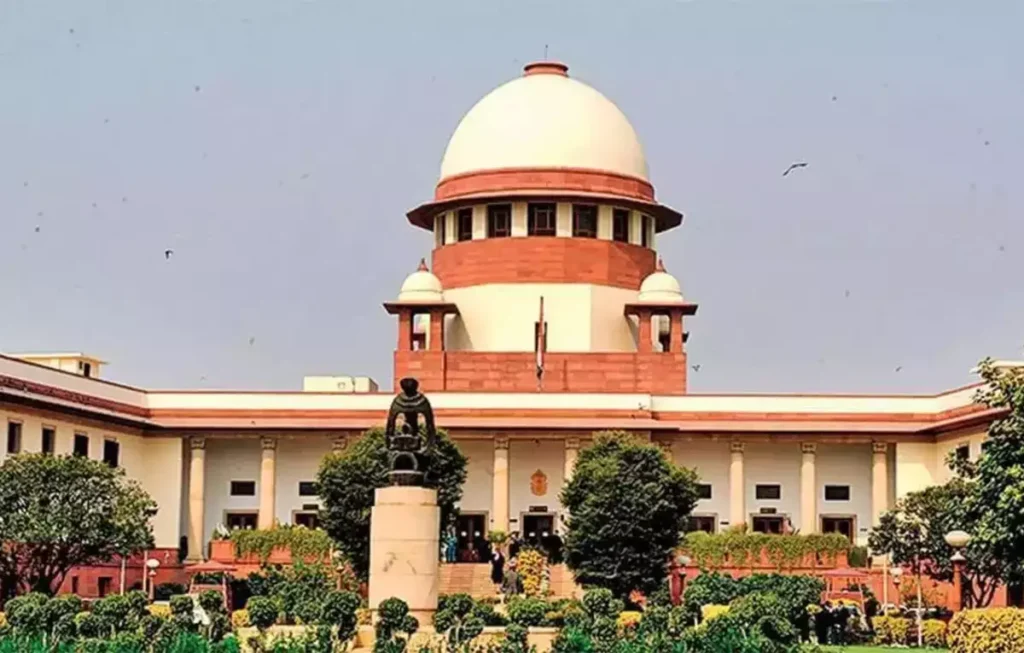
The Constitutional Convention also suggested that the judiciary should play a part in limiting the executive branch’s ability to amend legislation or veto them. By only providing a broad overview of the judiciary and granting federal judicial authority to “one supreme Court, and in such inferior Courts as the Congress may from time to time ordain and establish,” the Framers of the Constitution ultimately made concessions. Neither the structure of the Judicial Branch overall nor the precise authority and privileges of the Supreme Court were outlined.
